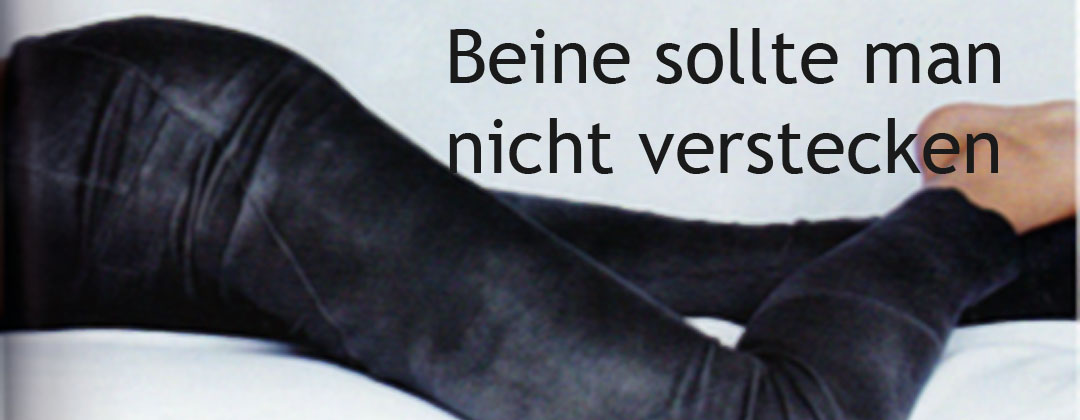aka: superficial phlebitis, varicophlebitis, thrombophlebitis
Overview
This is a condition where superficial veins becomes inflamed. The inflammation causes a blood clot to form in the reddened vein, and usually occurs in the lower extremitiy, but may occur in an arm at the site of improper injections. The thrombus in the redden vein causes pain and irritation, it may also hinder blood flow in the veins. Phlebitis occur in the surface (superficial) and thrombosis (phlebothrombosis) in the deep veins.
A phlebitis is rarely serious and, with proper care, usually resolves rapidly. Sometimes people with superficial phlebitis also get deep vein thrombophlebitis, so a medical evaluation is necessary. If a varicose vein becomes inflamed, we speak of varico-phlebitis. This is most commonly seen entity in the office (> 80-90%). It rarely spreads to the deep veins except when a floating thrombus is seen at the sapheno-femoral or sapheno-popliteal junction, in some cases, inflammation may also propagate a through the perforating veins.
Deep vein thrombosis affects the larger blood vessels deep in the legs. Large blood clots can form, which may break off and travel to the lungs. This is a serious condition called pulmonary embolism. This situation is rare in superficial thrombophlebitis
Two components of Virchow’s triad: vascular wall alteration, Strömungsver¬langsamung (and turbulence) are relevant for the development of inflammation.
Local trauma, especially microtrauma (Strumpfbän¬der, constricting socks, sitting habits, bad associations or elastic stockings, etc.).
The individual frequency correlates with the degree of venous insufficiency.
Causes
Phlebitis occurs in people with poor blood circulation or in veins damaged from intravenous drug use or an intravenous catheter. It can be a complication due to a medical or surgical procedure. Inactivity or immobilization are often the occasion. Since phlebitis is often caused by an injury to a vein., one is more likely to get phlebitis in veins where the blood flows more slowly than normal, such as varicose veins. A clot, called a thrombus , can form and adhere to the vein wall. Since there are no muscles to push the clot, it stays stuck inside the vein and blocks blood flow.
Phlebitis can also be a complication resulting from connective tissue disorders such as lupus erythematosous, or of pancreatic, breast, or ovarian cancers.
Some risk factors for phlebitis include the following:
- Prolonged inactivity – Staying in bed or sitting for many hours, as in a car or on an airplane, creating stagnant or slow flow of blood from the legs in a dependent position (This pooling of blood in the legs leads to thrombus formation.)
- Sedentary lifestyle – Not getting any exercise
- Overweight and obesity
- Cigarette smoking
- Certain medical conditions, such as cancer or blood disorders, that increase the clotting potential of the blood
- Injury to your arms or legs
- Hormone replacement therapy or birth control pills
- Pregnancy
- Varicose veins
Symptoms and Complications
The area around the vein is red, swollen, and often painful. Because the blood in the vein tends to clot, the vein feels hard, not soft like a normal vein. The vein can feel hard down its entire length.
Superficial phlebitis
- There is usually a slow onset of a painful tender red area along a superficial vein under the skin. A long, thin red area may be seen as the inflammation follows a superficial vein.
- This area may feel hard, warm, and tender. The skin around the vein may be itchy and swollen.
- Symptoms may be worse when the leg is lowered, especially when first getting out of bed in the morning.
- Sometimes phlebitis may occur where a peripheral intravenous line was started. The surrounding area is swollen and may be sore and tender along the vein.
- If an infection is present, symptoms may include redness, fever, pain, swelling, or breakdown of the skin.
Deep vein thrombosis (DVT)
- This can be similar in presentation to superficial phlebitis, but some people may have no symptoms.
- One may have pain and swelling throughout the entire limb. For example, one side of the lower leg may swell for no apparent reason.
Some people also get fever from a superimposed bacterial infection and skin discoloration and/or ulcers if the condition becomes chronic and inadequately treated earlier.
When to Seek Medical Care
Call your health care provider if you have signs and symptoms of swelling, pain, and inflamed superficial veins on the arms or legs. If you are not better in a week or two, get re-evaluated to make sure you don’t have a more serious condition.
Deep vein thrombophlebitis requires immediate medical care. If you have any of these signs and symptoms, go to a hospital emergency department for evaluation:
- High fever with any symptoms in an arm or leg
- Lumps in a leg
- Severe pain and swelling in an arm or leg
New, unexplained significant shortness of breath, which could be the first tip-off that a blood clot has already travelled to your lung
Making the Diagnosis
Your health care provider can tell that someone has phlebitis by examining the veins. An ultrasound scan may be performed to see if the phlebitis has spread into a deep vein. Ultrasound can detect clots or blockage of blood flow, especially in larger, more proximal (upper leg) veins. A small hand-held instrument (probe) is pressed against your skin to help identify blood clots and where the obstruction is. This is a painless, non-invasive test.
Occasionally a venogram is needed to identify blood clots in the smaller, more distal veins. This is an invasive procedure that requires injecting x-ray dye or contrast material into a vein on the foot, then an x-ray is taken of the flow of the dye up the leg.
Treatment and Prevention
Phlebitis usually improves on its own in a few days, although it may take a few weeks for the lumps and pain to disappear. Treatment usually consists of warm soaks, rest, and a non-steroidal anti-inflammatory drug such as aspirin (acetylsalicylic acid, ASA) or ibuprofen. Wearing elastic compression stockings also can help. The doctor might also remove the blood clot under local anaesthetic.
Doctors might do emergency surgery for phlebitis in the groin. Since this is the point where a superficial vein joins a deep vein, the blood clot could extend into a deep vein. Tying off the superficial vein under a local anaesthetic can prevent this from happening.
To prevent phlebitis, avoid smoking and participate in moderate physical activity to maintain muscle tone and promote circulation.
- An anti-inflammatory drug, such as aspirin or ibuprofen, can help lessen the pain and inflammation.
- If you increase your walking, you increase blood flow. This helps prevent blood clots from developing.
- Prescription leg compression stockings (knee or thigh high) improve your blood flow and may help to relieve your pain and swelling.
- Avoid bed rest for prolonged periods. It can make your symptoms worse.
- If you have deep vein thrombophlebitis, you will probably need to stay in the hospital for a few days for diagnosis and treatment to ensure that no complications occur.
Medical Treatment
- If your evaluation shows superficial phlebitis and you are otherwise healthy, you can go home. You will need to use compression stockings, heparin-containing ointmnets and anti-inflammatory medications to control your symptoms. Additional management involves elevation of the arm/leg and application of warm compresses. Only a few cases require antibiotics.
- If you have a history of deep vein thrombophlebitis, or if the phlebitis might possibly spread to the deep veins, you will need to take a blood thinner (anticoagulant). The duration of anticoagulant treatment is usually between 3-6 months.
- If you have signs of infection, you will need to take an antibiotic.
If the phlebitis has progressed to involve the deep veins, then it is a serious condition that often requires hospital admission for treatment and further evaluation. If you have a swollen limb contact your doctor immediatly.
Phlebitis in the superficial veins is rarely serious and usually responds to pain control, elevation, and warm compresses for 1-2 weeks. For more information about deep vein thrombophlebitis and its prognosis, see Blood Clot in the Legs.



